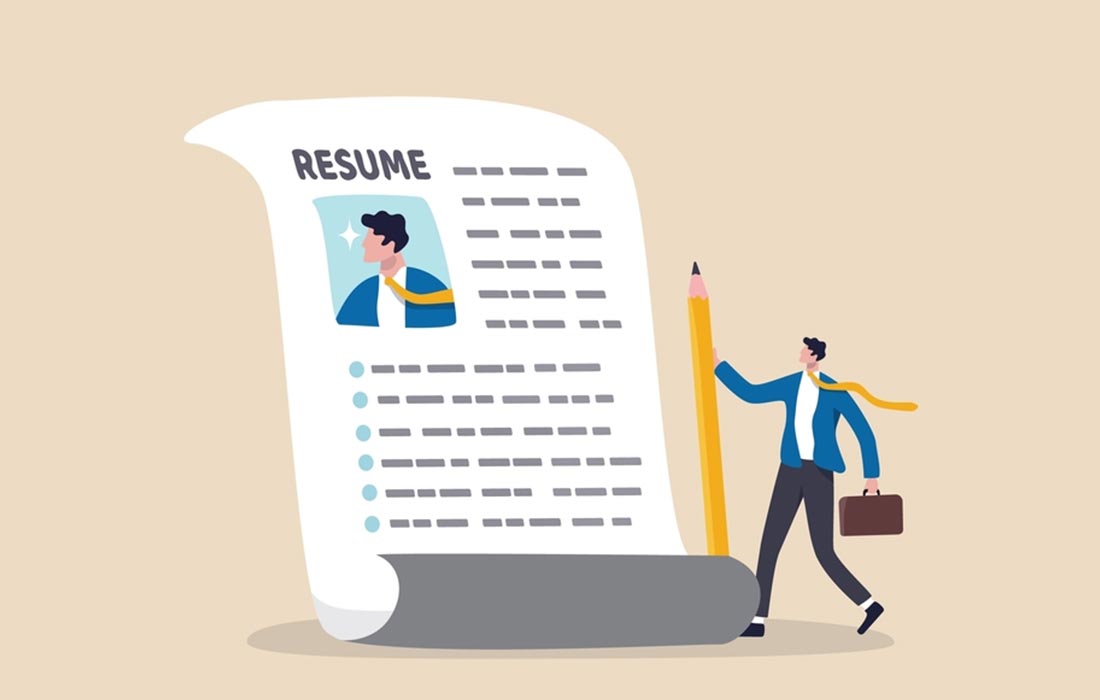A resume is the first point of connection between a recruiter and a job seeker. It is important because it documents all the relevant information for your employer to know about you. Mastering the perfect way for resume writing is necessary as your resume gives you a chance to gift yourself your dream job. Before going straight to the topic of resume making, let’s learn the difference between a CV and a Resume.
Difference between CV and Resume
We’ve all heard the terms CV and Resume. So what does this really mean? Is there any difference between the two of them? Let’s find out!
A Curriculum Vitae (CV) is a detailed academic journal covering your degrees, certificates, and honours consisting of 2-3 pages and are used for corporate jobs, academic or professional applications, and research programmes (PhD.) Hence in case you want to get hold of a grant/scholarship/fellowship, knock on the doors of a CV.
A Resume, on the other hand, is a pager that emphasizes your professional achievements over your academic achievements for every job you apply for and is used for specified roles mainly as a professional application and also by Internships/ Freelancers.
A well-structured resume can impress a potential employer as it clearly demonstrates your attractive talents and experiences. This will promote you to a qualified candidate. For this reason, it is crucial to ensure that your resume accurately reflects the most up-to-date skills and experience you have.
How to prepare a resume?
Resume writing is easy, but not everyone does it well. It is estimated that 40% of hiring managers spend less than a minute reviewing resumes, so having a solid and eye-catching resume that perfectly captures your relevant skills and work experience makes the difference between getting an interview and not.
Essential elements you should add to your resume:
Resume-making is an exhaustive process (if not art) that requires you to add the best of the x-factors you have to impress a recruiter with an attention span of a goldfish. Hence, you should always include the following in your resume
- Your name and contact information
- A personal statement, objective, or summary that encapsulates your career goals
- Education background
- Professional accomplishments
- Certifications and awards
- Teaching and Research
- Hard and soft skills both
What should not be added to your resume?
Like specific elements to be included in your resume, there are certain others that you need to avoid adding to your resume, such as:
- Lengthy texts
- Personal data like age or any additional information that are irrelevant
- Typos and Grammatical Errors
- Disgracing comments about your previous workplace
- Using a passive voice
- Tiny fonts that are difficult to read
- Any other unrelated additions
Every one of these issues needs to be addressed with the particular job you’re looking for. So, first, briefly outline your professional background and skills, emphasizing those most pertinent to the position you are pursuing. Never include useless information; instead, only include the necessary and appropriate information for your experience. For example, suppose you have extensive prior experience. In that case, you might consider excluding those experiences you feel were either too brief to disclose or unrelated to the position you are interested in.
Good Read: The 10 Most Used Programming Languages for Data Science
Making a Resume
There are certain things to keep in mind when making a resume.
- Include a Systematic Representation of your workflow in your Resume: as it would help the recruiter to get a better understanding of your work experience while they are skimming through your resume.
- Avoid unwanted inclusion of your essential skills: the recruiters now are smart enough to identify them quickly.
- Never make your Key Result Areas so lengthy: instead, try to cover the primary skills that match the role you are applying for.
- Maintain a logic sequence or timeline throughout your resume.
- Always try to mention the work experience in reverse chronological order.
Once you are done making your resume, please make it a habit to proofread it two or three times, either by yourself or with help from a friend of yours. It is essential to check whether you have missed out on anything, like any significant details and whether the formatting is correct. Always try to make it concise but with sufficient information to make it catchy or pleasing to the recruiter.





